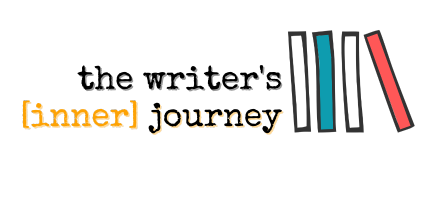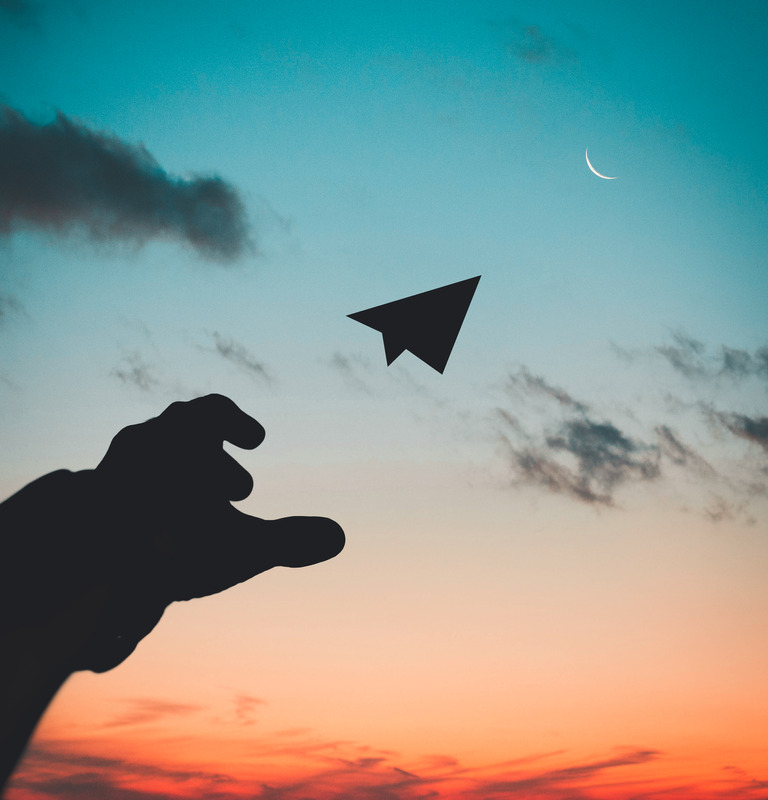“…what we call the Muse is simply a form of intuition. Intuition is a matter of successfully sync’ing your internal and external worlds so you can easily move about your environment based on your previous experience.”
—Kayt Sukel
Kayt Sukel is the author of two books including THIS IS YOUR BRAIN ON SEX: THE SCIENCE BEHIND THE SEARCH FOR LOVE. After suffering a midlife crisis in reverse—and feeling like it was negatively affecting her writing—she decided to investigate the science of risk-taking behavior to invigorate her craft and her life. The result is her new book, THE ART OF RISK: THE NEW SCIENCE OF COURAGE, CAUTION, & CHANCE.
Here, Kayt discusses why you need to be open to risk and uncertainty in order to catch the Muse.
by Kayt Sukel
There’s a quote that I love (and, admittedly, also kind of hate) in Steven Pressfield’s “The War of Art.” He writes:
“When we sit down and work, we become like a magnetized rod that attracts iron filings. Ideas come. Insights accrete.” “This is the other secret that real artists know and wannabe writers don’t. When we sit down each day and do our work, power concentrates around us. The Muse takes note of our dedication. She approves. We have earned favor in her
Successful writers understand that creation means sitting down and doing the work. It means getting up, no matter how busy we may be, how tired we are, or how insecure we may feel, and putting words on the page. It’s about making time and putting aside resources. It’s about commitment and discipline. Creativity doesn’t happen without it.
We can’t patiently wait and hope the Muse will grace us with her presence. You have to chase her down and fight, sometimes quite hard, to keep her nearby. And doing so is a lot of work—diligent, painstaking work. Working writers understand that this is the way it is. You have to fight for your words, your voice, and your creations. But I believe that Pressfield is missing one important thing from his list. Earning the Muse’s favor, and concentrating all that creative power, requires more than just hard work. It also requires taking a few risks along the way.
Let me explain.
We talk about the Muse as if she is a mystical being. Well, I mean, technically she is the stuff of myth and legend—but we’ve extended the metaphor in order to easily explain how our brain works as we attempt creative projects. Simply stated, what we call the Muse is simply a form of intuition. Intuition is a matter of successfully sync’ing your internal and external worlds so you can easily move about your environment based on your previous experience. That’s whether we’re walking down the street or trying to put pen to paper. But good intuition, as it turns out, comes from working at the edge and taking a few risks.
Erik Dane, a business professor at Rice University, says that intuition is simply your brain going through a pattern matching process. “You are essentially mapping all the experiences you’ve accrued to the situation at hand—and it’s happening at a very unconscious, automatic level,” he explained. “Often, you aren’t even aware of why or how you started moving in a particular direction.”
Sounds a lot like when the Muse strikes, doesn’t it? All of a sudden, seemingly out of nowhere, you get that “A-ha!” and are compelled to start following a particular stream of words and ideas. But to get to the point where the brain can do effective pattern matching—helping you come up with creative, yet meaningful, sentences and story arcs—you need to do your homework. Your brain needs you to be prepared and experienced. And that’s where risk comes in. Because you can’t gain good experience by playing it safe.
New research in neuroscience is showing that taking risks is a key ingredient to creativity, flow, and decision-making. By being prepared and thoughtful, yet working at the edge of your performance ability, you allow your brain to forge new and amazing connections, to work more efficiently, to focus on the right variables, to better understand what works and doesn’t work, and to, ultimately, find success. But you have to shake things up a little to make that happen.
Am I saying that you need to go out and start skydiving? Not necessarily. (Although, if your book’s protagonist is going to be experiencing some freefall, it’s not the worst idea). But you should find ways to court more uncertainty in your craft. Go out and experience what you’re writing about directly. Ask questions, no matter how silly. Talk to strangers. Take a class (note: it doesn’t have to be in writing)—or join an accountability group. Try writing scenes from different angles. Pitch your dream pubs. If they reject you, request some feedback and pitch them again. Make the time to work on passion projects. Find joy. Throw yourself into love. Then, put the words on the page.
So, yes, do the work. Nothing can happen until you put your butt in the chair and start writing. But make sure to leave some time for risk-taking. Because while you are chasing those risks, you’ll soon find that the Muse is hovering nearby. And she’ll be so fascinated by what you’re doing that it won’t take much to catch her.
Kayt wrote THE ART OF RISK.
Photo by Rakicevic Nenad

